Resource Centre
Discover a wealth of knowledge and insights from the experts at StarFish Medical. Our Resource Centre offers product development tips, reviews of new and cutting-edge technologies, and in-depth articles on regulatory updates and compliance in medical device development.
-
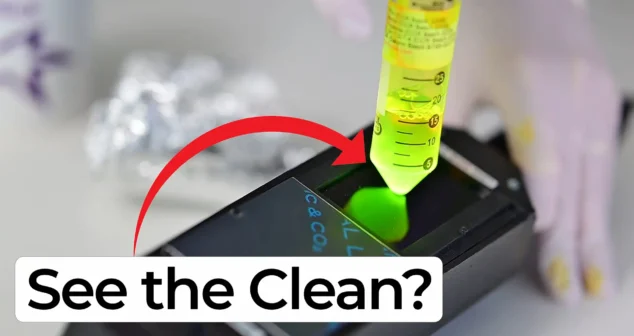
Nick Allan and Nigel Syrotuck explore a creative approach to visualizing cleaning validation using a fluorescent soil load.
-
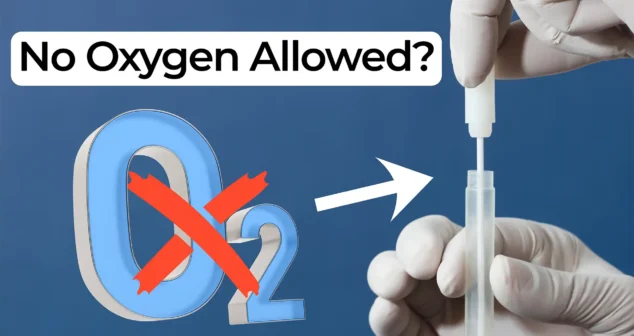
Nick Allan joins Nigel Syrotuck to explore how anaerobic sample collection works and why it’s vital for studying bacteria that cannot survive in oxygen.
-
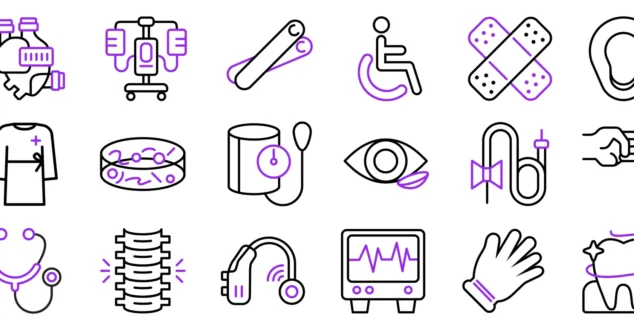
Understanding medical device classifications is critical for compliance, risk management, and time-to-market success. Whether you’re designing a wearable sensor or a life-sustaining implant, knowing how your device fits into FDA Class 1, 2, or 3 categories is essential.
-

Choosing the right design and development partner is one of the most critical decisions in bringing a medical device to market.
-
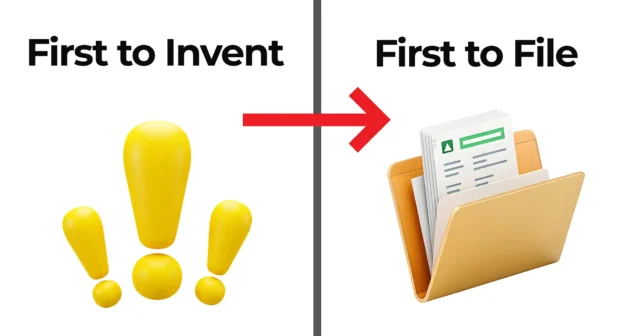
Nick Allan and Nigel Syrotuck dive into the evolution of patent documentation habits in engineering and medical device development.
-
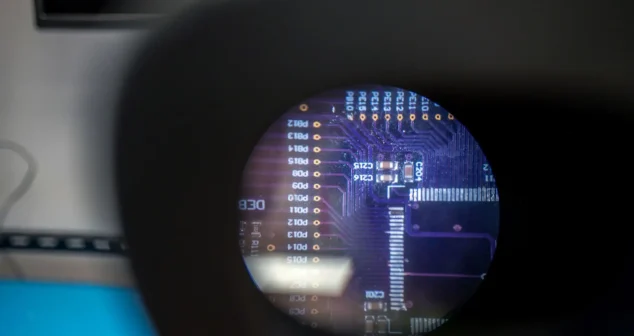
Bringing up a new printed circuit board assembly (PCBA) for a medical device is both exciting and high-stakes.
-
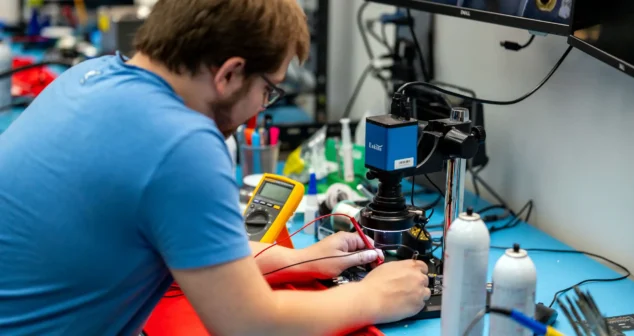
Several design considerations come into play when designing portable medical electronic devices, from performance, to usability, manufacturability and reliability.
-
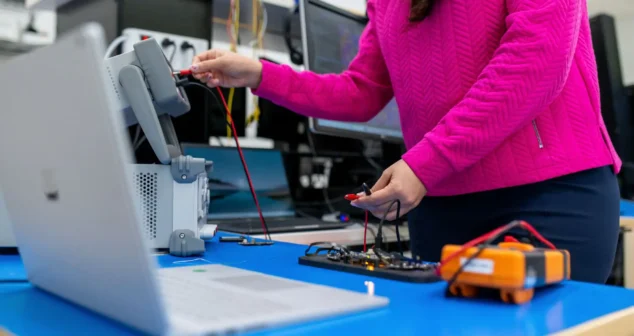
For many medical devices, power stability isn’t just a nice-to-have, it’s mission-critical.
-
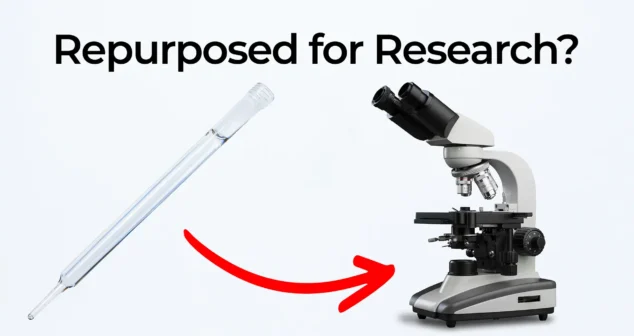
Nick Allan and Nigel Syrotuck discuss device repurposing in research, sharing a story that blends microbiology, animal science, and engineering ingenuity.